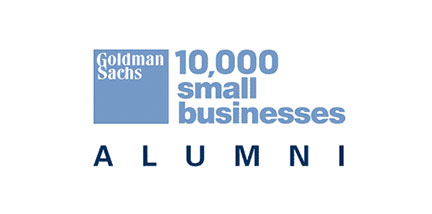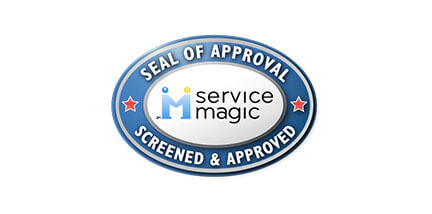The Difference Between Cleaning, Sanitizing and Disinfecting
What is the difference between cleaning, sanitizing and disinfecting? Today more than ever maintaining cleanliness is very important. Keeping everything free from harmful chemicals and bacteria is equally important. With this, determining which and when to clean sanitize or disinfect is a requirement. Here are the important factors to distinguish each of them from one another.
What does cleaning, sanitizing or disinfecting do?
Cleaning is simply removing debris and dust from any surface. Sanitizing is cleaning up any area or surface and getting rid of visible dirt contaminants that may affect your health. Disinfecting is eliminating the invisible microorganisms that are harmful to someone’s health.
Which to clean, sanitize or disinfect?
You only need to clean low-risk surfaces such as floors and windows. They are regarded as low risk as it is not likely to induce pathogen transfer. You should sanitize the ones that have surfaces with direct contact to food. Disinfecting is necessary for the areas where frequent touching is present, in which harboring pathogens are very likely.
Do you need to perform all or are any one of them is enough?
Cleaning by itself is enough to prevent any contaminants from coming into contact with foods or beverages. Cleaning removes allergens and microorganisms. The concern with cleaning alone is the risk of cross-contamination as the used cleaning tools can contaminate other surfaces when a germicide is not used. Cross contamination can be prevented through sanitizing, as it reduces the number of bacteria present on a surface by almost 100%. This is effective enough, but it does not reduce or remove any of the viruses and fungus that are also harmful. The removal of such organisms is by disinfecting, as it can remove any organism much higher than sanitizing.
We use EnvirOx products. They contain biodegradable and plant derived ingredients.
KILLS GERMS
When used as directed, this chemical free cleaning system kills more than 99.9% of:




